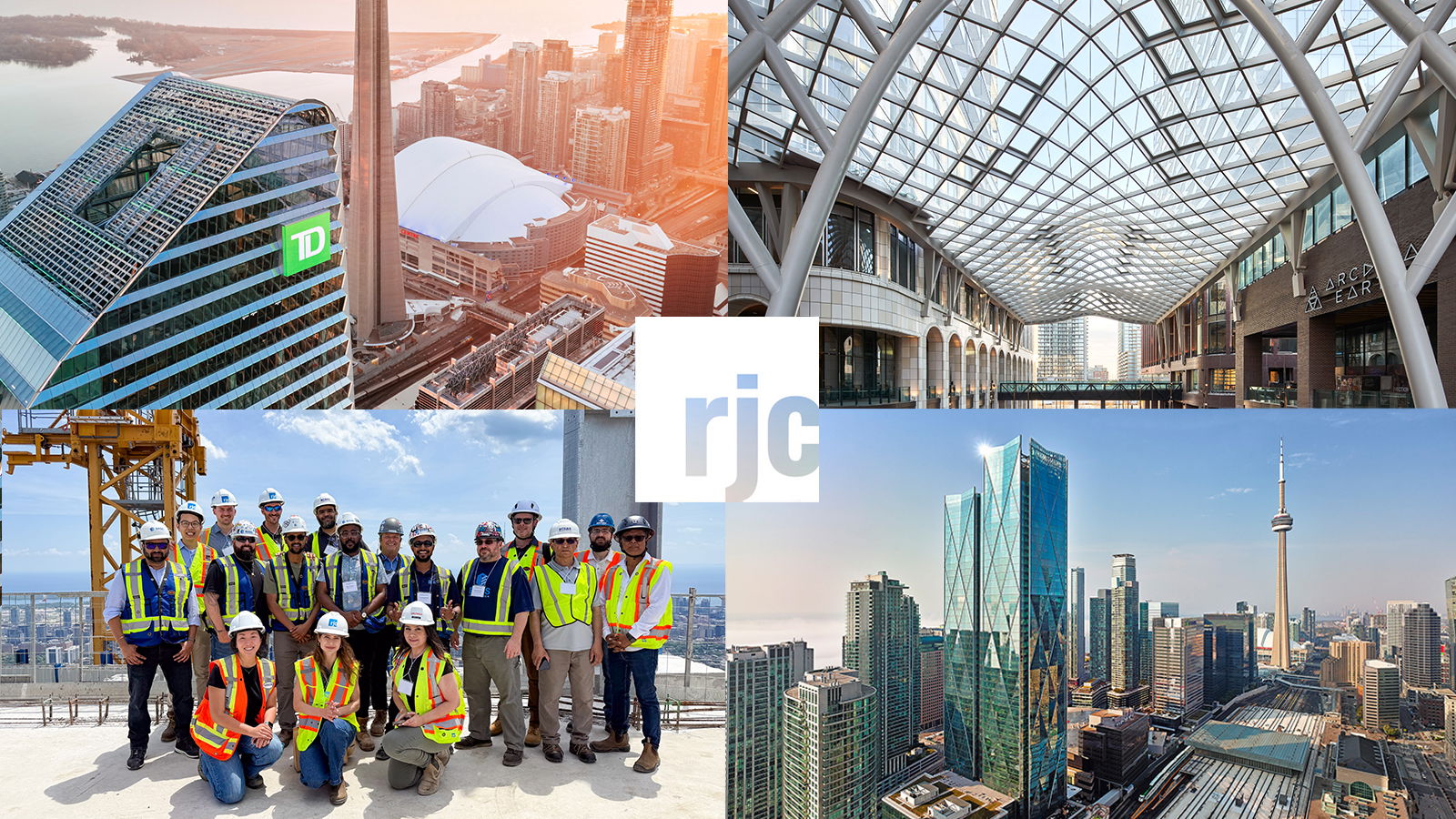- Details

RJC Engineers is a Bronze Sponsor and the Opening Networking Reception Sponsor for the Council on Tall Buildings and Urban Habitat (CTBUH) 2025 International Conference, running October 6–9 2025 in Toronto.
- Details

One year later, the BMO Centre expansion brings 350,000 ft² of column‑free halls, Canada’s largest ballroom, and a 170‑ft canopy supported by long‑span steel trusses. This Stampede Park venue is now Western Canada’s largest convention centre, all constructed within four years and falling within budget. The following review looks at its impact on two Stampedes, the city’s events, and the wider community as a whole.
- Details

RJC Engineers is proud to share that several of our Toronto projects have been recognized by the Council on Tall Buildings and Urban Habitat (CTBUH) in their 2024 Awards of Excellence. These awards celebrate outstanding achievements in structural engineering, urban integration, construction, and innovation across the globe.